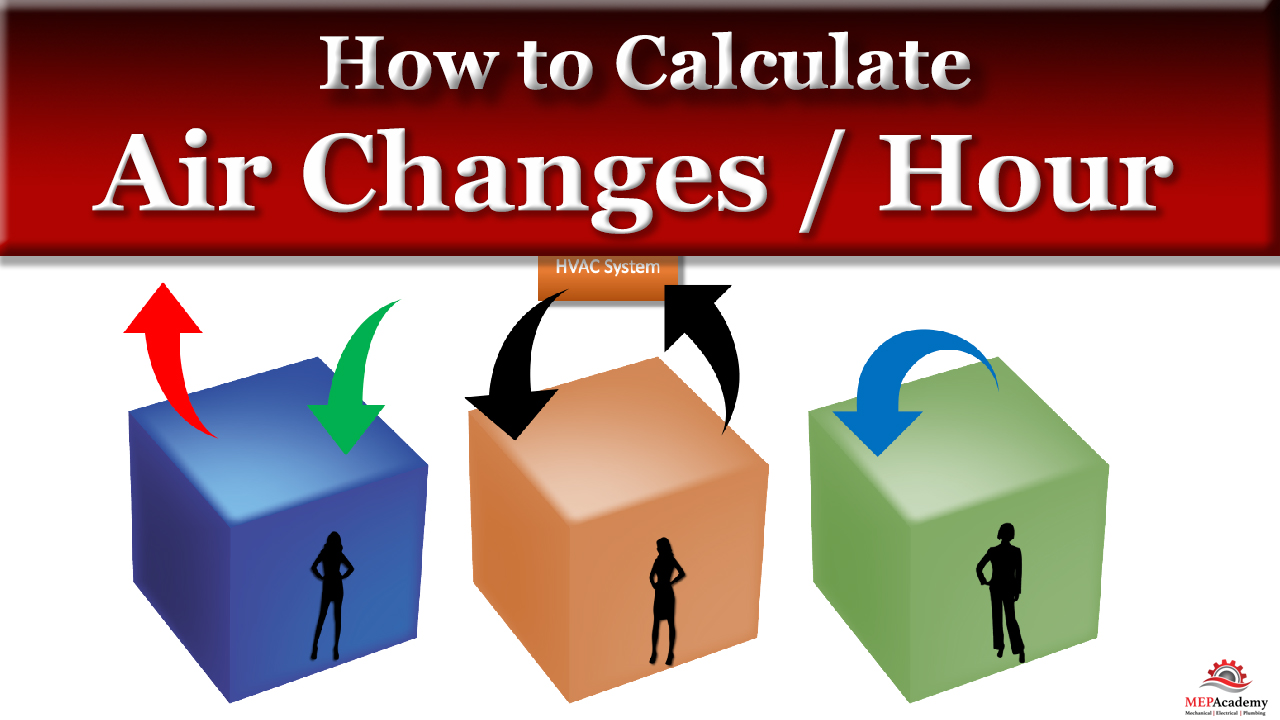Particle Count and Air Changes Per Hour
Particle Count
Measure of airborne particles in a cleanroom, typically expressed as:
1. Particles per cubic meter (particles/m³)
2. Particles per cubic foot (particles/ft³)
ISO 14644-1 Classification
| ISO Class | Particle Count (particles/m³) |
| — | — |
| ISO 1 | ≤10 (0.1 μm), ≤2 (0.2 μm) |
| ISO 2 | ≤100 (0.1 μm), ≤20 (0.2 μm) |
| ISO 3 | ≤1,000 (0.1 μm), ≤100 (0.2 μm) |
| ISO 4 | ≤10,000 (0.1 μm), ≤1,000 (0.2 μm) |
| ISO 5 | ≤100,000 (0.1 μm), ≤10,000 (0.2 μm) |
| ISO 6 | ≤1,000,000 (0.1 μm), ≤100,000 (0.2 μm) |
| ISO 7 | ≤10,000,000 (0.1 μm), ≤1,000,000 (0.2 μm) |
| ISO 8 | ≤100,000,000 (0.1 μm), ≤10,000,000 (0.2 μm) |
| ISO 9 | Not defined |
Air Changes Per Hour (ACH)
Number of times the air in a cleanroom is replaced with filtered air:
1. Calculated: Room volume (m³) / Airflow rate (m³/h)
2. Typical ranges: 10-600 ACH
Relationship Between Particle Count and Air Changes
1. Higher ACH: Lower particle counts
2. Lower ACH: Higher particle counts
Grade A-D Areas Air Changes
1. Grade A: 100-600 ACH
2. Grade B: 50-200 ACH
3. Grade C: 10-50 ACH
4. Grade D: 2-10 ACH
Factors Influencing Air Changes
1. Room size and layout
2. Airflow rate and filter efficiency
3. Occupancy and activity level
4. Equipment and process-generated particles
5. Temperature and humidity control
By controlling particle count and air changes, cleanrooms maintain optimal environmental conditions for sensitive industries.
